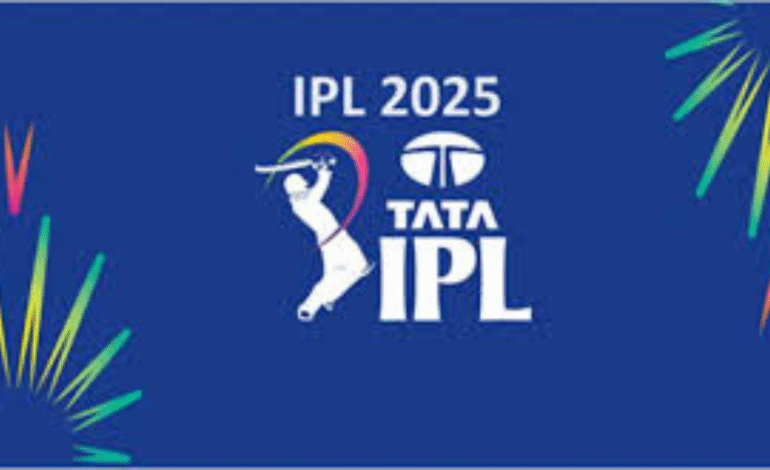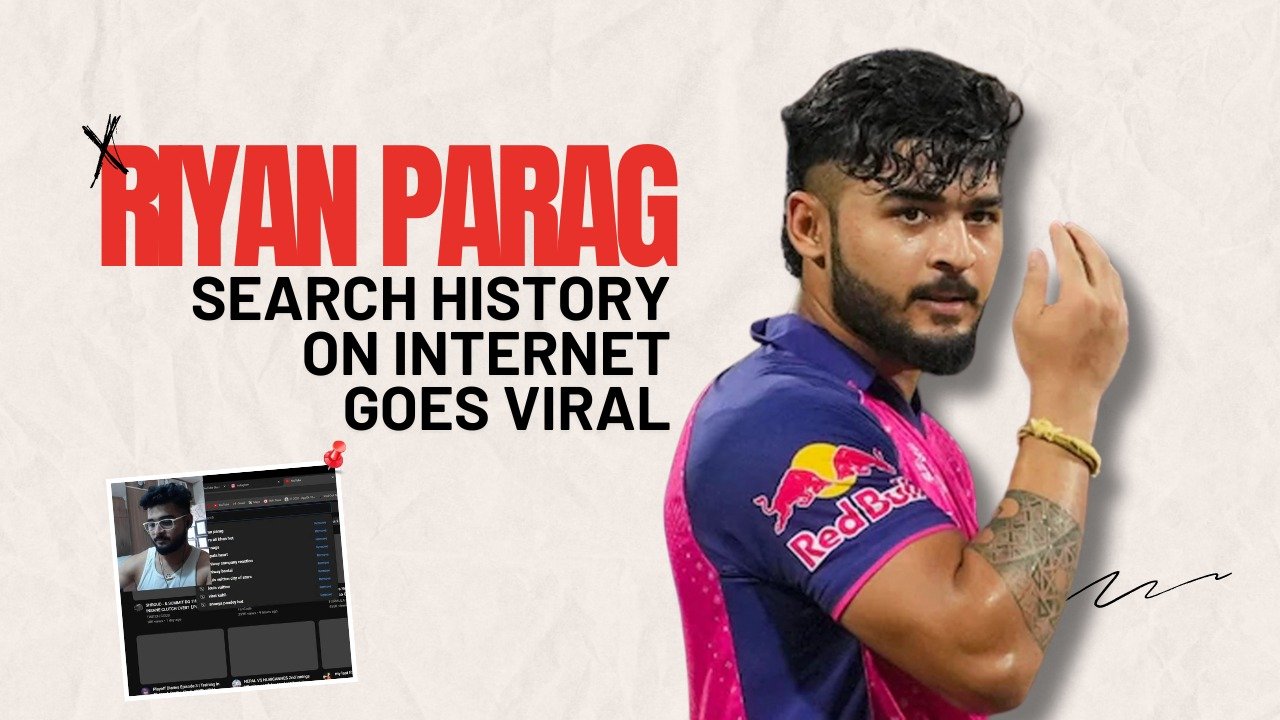
The Netflix Playbook: How Smart Marketing Made Indians Ditch Cable for Streaming
Introduction: Streaming vs. Sentiment
For decades, cable TV wasn’t just entertainment in Indian households—it was tradition. The daily ritual of switching on soap operas at 8 PM, waiting for weekly movie specials, or flipping channels during ad breaks was part of Indian life. So when Netflix launched in India in 2016, it wasn’t just competing with local streaming platforms—it was challenging a deeply ingrained culture.
Yet today, Netflix is a household name. What changed? The answer lies in smart, emotion-driven, India-first marketing that didn’t try to replace tradition—it redefined it.
Understanding the Indian Viewer: Emotion Over Algorithm
Netflix didn’t just show up in India with a global playbook. It listened, adapted, and created campaigns that mirrored the unique cultural fabric of Indian audiences.
Indian cable viewers are loyal, value-conscious, and deeply connected to family-driven content. Netflix tapped into these very pillars using content and campaigns that appealed to:
- Nostalgia and emotions
- Value-based storytelling
- Aspirational yet relatable experiences
From promoting shows in regional languages to highlighting India-centric stories like Delhi Crime, Sacred Games, and Rana Naidu, Netflix made every Indian viewer feel seen.
1. Localized Storytelling: Going Beyond Bollywood
Netflix India realized early on that while Bollywood had mass appeal, India’s true strength lies in its diversity. By introducing original regional content (Navarasa, Minnal Murali, Aranyak), the platform gained credibility beyond metro cities.
The platform didn’t just offer global content dubbed in Hindi—it created content that was rooted in Indian soil.
Marketing Insight:
Campaigns were centered around “India’s Story, India’s Voice.” Hashtags like #NetflixIndiaOriginals and geo-targeted ads in regional dialects became common across Instagram, YouTube, and Twitter.
2. Influencer-First Approach: Trust Drives Adoption
Trust is a major currency in India. Recognizing that viewers often take recommendations from influencers more seriously than ads, Netflix partnered with top Indian creators—like Bhuvan Bam, Kusha Kapila, Dolly Singh, and more.
The campaigns weren’t hard-sell. They were humorous, relatable, and deeply rooted in everyday desi life—parodying daily soaps, over-the-top family drama, and quirks of Indian parenting.
Example:
Netflix’s Behensplaining (by Kusha Kapila and Srishti Dixit) broke down Netflix shows with sass and relatability, targeting young adults transitioning from cable to digital.
3. Meme Marketing: Speak Their Language
While global platforms stuck to polished campaigns, Netflix India embraced desi humor. Its social media channels became meme goldmines, using:
- Popular Indian references
- Throwbacks to iconic cable shows
- Interactive polls and “What type of Netflix user are you?” quizzes
Netflix wasn’t selling a service. It was creating a digital culture.
Example:
When Money Heist Season 5 dropped, Netflix India’s meme game included Indian-style ransom notes, cricket metaphors, and Bollywood mashups—making the global show feel hyper-local.
4. Smart Pricing: Breaking the “Too Expensive” Myth
Netflix originally launched in India with its global pricing model, which didn’t appeal to price-sensitive Indian viewers. But they adapted:
- Mobile-only plan at ₹149/month
- Regional promos during cricket seasons and holidays
- Free trial weekends branded as ‘StreamFest’
Instead of fighting Jio or Hotstar with the same playbook, Netflix carved out a niche among aspirational but budget-conscious users.
5. Festival & Culture Integration: From Diwali to IPL
Netflix synced its major show drops and ad campaigns with Indian festivals—leveraging emotional moments when families are together.
During Diwali, for instance, campaigns revolved around “bingeing with the fam” and “after-lunch movie marathons,” while IPL season saw promos for binge-worthy content during match breaks.
Netflix didn’t disrupt rituals—it became part of them.
6. The Human Connection: Building Community, Not Just Audience
Perhaps the biggest reason Netflix succeeded is that it never positioned itself as a cold, tech-powered streaming giant. Instead, it came across as a friend, a mood-lifter, and a companion.
Whether through witty comments under user posts or crowdsourced content ideas, Netflix India made every viewer feel heard.
Example:
A user tweet about needing subtitles for their mother? Netflix responded with a customized meme and a feature highlight. The message: We’re listening, and we get you.
Conclusion: From Living Rooms to Lock Screens
Netflix India’s journey isn’t just about cracking a tough market—it’s a masterclass in human-first marketing.
By combining cultural intelligence with humor, relatability, and emotional resonance, Netflix didn’t force users to switch from cable. It gave them a compelling reason to.





